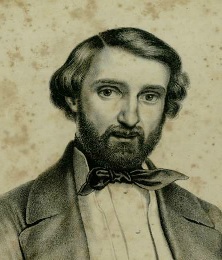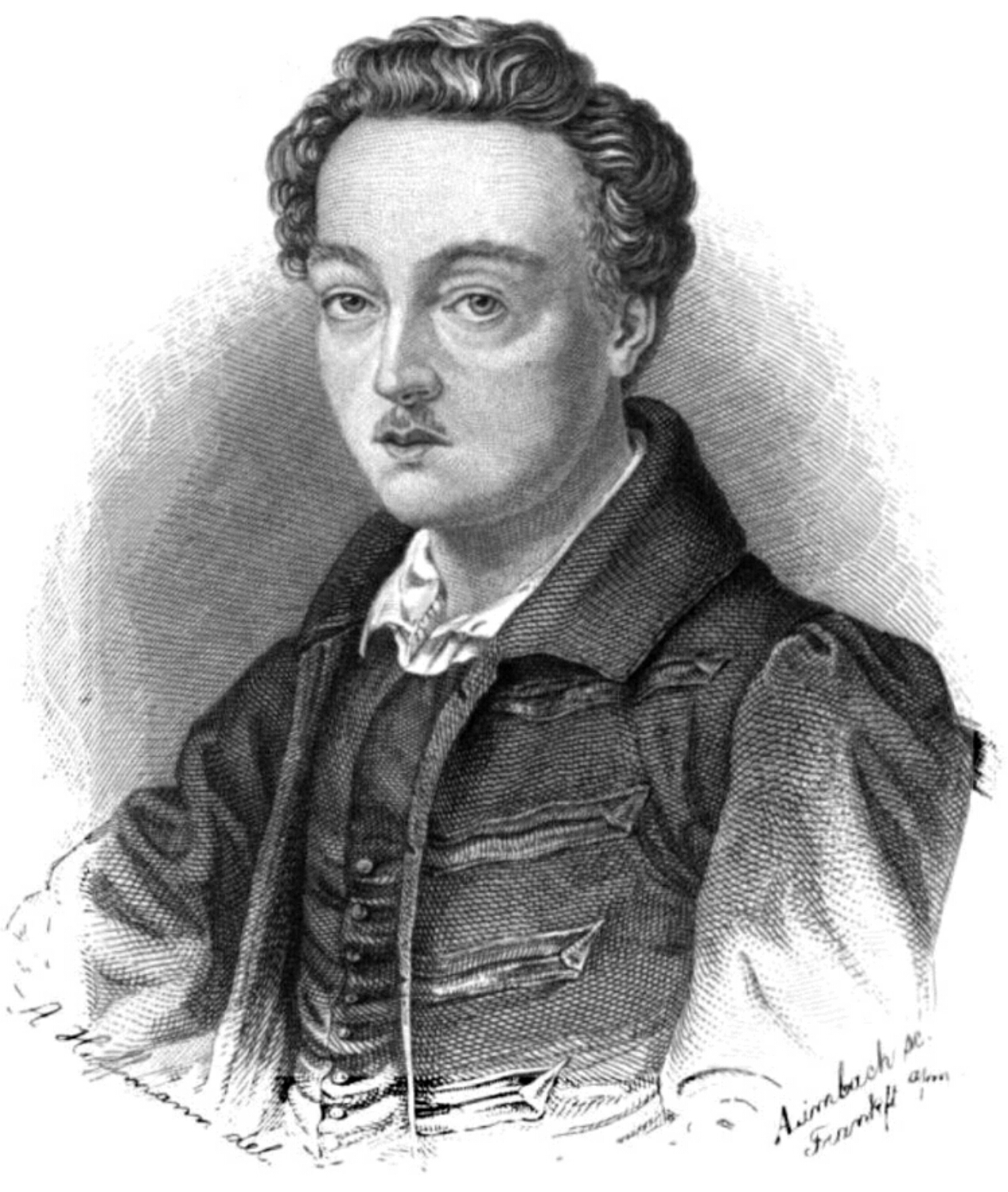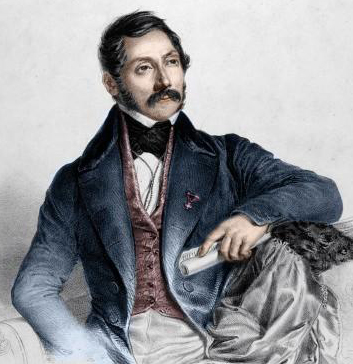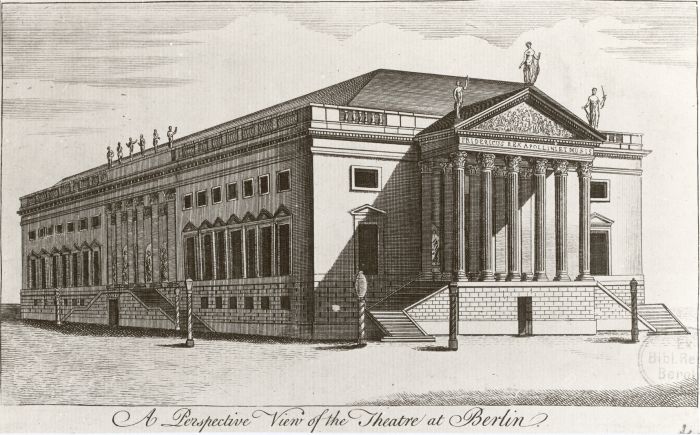|
Mirella Parutto
Mirella Parutto (born 1936) is an Italian operatic soprano and later mezzo-soprano. She began her career at the Teatro alla Scala in Milan, as Elena in Boito's '' Mefistofele'', in 1958, and the following year, appeared for the first time at the Teatro dell'Opera di Roma, as Amelia in Verdi's '' Un ballo in maschera''. She then sang widely in Italy, appearing in Florence, Naples, Parma, Genoa, Palermo, Trieste, Venice, Cagliari, Catania, etc. Her roles included Matilde in '' Guglielmo Tell'', Abigail in '' Nabucco'', Leonora in both '' Il trovatore'' and ''La forza del destino'', the title role in '' Aida'', Maddalena in ''Andrea Chénier'', etc. She made guest appearances at the Vienna State Opera, the Teatro Nacional Sao Carlos in Lisbon, the Berlin State Opera, the Bolshoi in Moscow, etc. In 1965, she turned to mezzo-soprano roles, appearing in Rome, as Adalgisa in '' Norma'', Ulrica in ''Un ballo in maschera'', Marie in '' Wozzeck''. The following year, she appe ... [...More Info...] [...Related Items...] OR: [Wikipedia] [Google] [Baidu] |
Soprano
A soprano () is a type of classical female singing voice and has the highest vocal range of all voice types. The soprano's vocal range (using scientific pitch notation) is from approximately middle C (C4) = 261 Hz to "high A" (A5) = 880 Hz in choral music, or to "soprano C" (C6, two octaves above middle C) = 1046 Hz or higher in operatic music. In four-part chorale style harmony, the soprano takes the highest part, which often encompasses the melody. The soprano voice type is generally divided into the coloratura, soubrette, lyric, spinto, and dramatic soprano. Etymology The word "soprano" comes from the Italian word '' sopra'' (above, over, on top of),"Soprano" '' |
Nabucco
''Nabucco'' (, short for Nabucodonosor ; en, " Nebuchadnezzar") is an Italian-language opera Opera is a form of theatre in which music is a fundamental component and dramatic roles are taken by singers. Such a "work" (the literal translation of the Italian word "opera") is typically a collaboration between a composer and a libre ... in four acts composed in 1841 by Giuseppe Verdi to an Italian libretto by Temistocle Solera. The libretto is based on the biblical books of Books of Kings, 2 Kings, Book of Jeremiah, Jeremiah, Book of Lamentations, Lamentations and Book of Daniel, Daniel and the 1836 play by Auguste Anicet-Bourgeois and Francis Cornu. However, Antonio Cortese's ballet adaptation of the play (with its necessary simplifications), given at La Scala in 1836, was a more important source for Solera than the play itself. Under its original name of ''Nabucodonosor'', the opera was first performed at La Scala in Milan on 9 March 1842. ''Nabucco'' is the opera tha ... [...More Info...] [...Related Items...] OR: [Wikipedia] [Google] [Baidu] |
Cavalleria Rusticana
''Cavalleria rusticana'' (; Italian for "rustic chivalry") is an opera in one act by Pietro Mascagni to an Italian libretto by Giovanni Targioni-Tozzetti and Guido Menasci, adapted from an 1880 Cavalleria rusticana (short story), short story of the same name and subsequent play by Giovanni Verga. Considered one of the classic ''verismo'' operas, it premiered on 17 May 1890 at the Teatro dell'Opera di Roma, Teatro Costanzi in Rome. Since 1893 in music, 1893, it has often been performed in a so-called ''Cav/Pag'' double-bill with ''Pagliacci'' by Ruggero Leoncavallo. Composition history In July 1888 the Milanese music publisher Edoardo Sonzogno announced a competition open to all young Italian composers who had not yet had an opera performed on stage. They were invited to submit a one-act opera which would be judged by a jury of five prominent Italian critics and composers. The best three would be staged in Rome at Sonzogno's expense. Mascagni heard about the competition only two ... [...More Info...] [...Related Items...] OR: [Wikipedia] [Google] [Baidu] |
L'incoronazione Di Poppea
''L'incoronazione di Poppea'' (Stattkus-Verzeichnis, SV 308, ''The Coronation of Poppaea'') is an Italian List of operas by Claudio Monteverdi, opera by Claudio Monteverdi. It was Monteverdi's last opera, with a libretto by Giovanni Francesco Busenello, and was first performed at the Teatro Santi Giovanni e Paolo in Venice during the 1643 Carnival of Venice, carnival season. One of the first operas to use historical events and people, it describes how Poppaea, mistress of the Roman emperor Nero, is able to achieve her ambition and be crowned empress. The opera was revived in Naples in 1651, but was then neglected until the rediscovery of the score in 1888, after which it became the subject of scholarly attention in the late 19th and early 20th centuries. Since the 1960s, the opera has been performed and recorded many times. The original manuscript of the score does not exist; two surviving copies from the 1650s show significant differences from each other, and each differs to some ... [...More Info...] [...Related Items...] OR: [Wikipedia] [Google] [Baidu] |
Adriana Lecouvreur
''Adriana Lecouvreur'' () is an opera in four acts by Francesco Cilea to an Italian libretto by Arturo Colautti, based on the 1849 play '' Adrienne Lecouvreur'' by Eugène Scribe and Ernest Legouvé. It was first performed on 6 November 1902 at the Teatro Lirico in Milan. Background The same play by Scribe and Legouvé which served as a basis for Cilea's librettist was also used by at least three different librettists for operas carrying exactly the same name, ''Adriana Lecouvreur'', and created by three different composers. The first was an opera in three acts by Tomaso Benvenuti (premiered in Milan in 1857). The next two were lyric dramas in 4 acts by Edoardo Vera (to a libretto by Achille de Lauzières) which premiered in Lisbon in 1858, and by Ettore Perosio (to a libretto by his father), premiered in Genoa in 1889. After Cilea created his own ''Adriana'', however, none of those by others were performed anymore and they remain largely unknown today. The opera is based on ... [...More Info...] [...Related Items...] OR: [Wikipedia] [Google] [Baidu] |
Wozzeck
''Wozzeck'' () is the first opera by the Austrian composer Alban Berg. It was composed between 1914 and 1922 and first performed in 1925. The opera is based on the drama ''Woyzeck'', which the German playwright Georg Büchner left incomplete at his death. Berg attended the first production in Vienna of Büchner's play on 5 May 1914, and knew at once that he wanted to base an opera on it. (At the time, the play was still known as ''Wozzeck'', due to an incorrect transcription by Karl Emil Franzos, who was working from a barely-legible manuscript; the correct title would not emerge until 1921.) From the fragments of unordered scenes left by Büchner, Berg selected 15 to form a compact structure of three acts with five scenes each. He adapted the libretto himself, retaining "the essential character of the play, with its many short scenes, its abrupt and sometimes brutal language, and its stark, if haunted, realism..." The plot depicts the everyday lives of soldiers and the townspeo ... [...More Info...] [...Related Items...] OR: [Wikipedia] [Google] [Baidu] |
Norma (opera)
''Norma'' () is a ''tragedia lirica'' or opera in two acts by Vincenzo Bellini with libretto by Felice Romani after the play ''Norma, ou L'infanticide'' (''Norma, or The Infanticide'') by Alexandre Soumet. It was first produced at La Scala in Milan on 26 December 1831. The opera is regarded as a leading example of the bel canto genre, and the soprano prayer "Casta diva" in act 1 is a famous piece. Among the well known singers of Norma of the first half of the 20th century was Rosa Ponselle who played the role in New York and London. Notable exponents of the title role in the post-war period have been Maria Callas, Leyla Gencer, Joan Sutherland, and Montserrat Caballé. Composition history Crivelli and Company were managing both La Scala and La Fenice in Venice, and as a result, in April–May 1830 Bellini was able to negotiate a contract with them for two operas, one at each theatre. The opera for December 1831 at La Scala became ''Norma'', while the one for the 1832 C ... [...More Info...] [...Related Items...] OR: [Wikipedia] [Google] [Baidu] |
Bolshoi Theatre
The Bolshoi Theatre ( rus, Большо́й теа́тр, r=Bol'shoy teatr, literally "Big Theater", p=bɐlʲˈʂoj tʲɪˈatər) is a historic theatre in Moscow, Russia, originally designed by architect Joseph Bové, which holds ballet and opera performances. Before the October Revolution it was a part of the Imperial Theatres of the Russian Empire along with Maly Theatre (''Small Theatre'') in Moscow and a few theatres in Saint Petersburg ( Hermitage Theatre, Bolshoi (Kamenny) Theatre, later Mariinsky Theatre and others). The Bolshoi Ballet and Bolshoi Opera are among the oldest and best known ballet and opera companies in the world. It is by far the world's biggest ballet company, with more than 200 dancers. The theatre is the parent company of The Bolshoi Ballet Academy, a leading school of ballet. It has a branch at the Bolshoi Theater School in Joinville, Brazil. The main building of the theatre, rebuilt and renovated several times during its history, is a landmark o ... [...More Info...] [...Related Items...] OR: [Wikipedia] [Google] [Baidu] |
Berlin State Opera
The (), also known as the Berlin State Opera (german: Staatsoper Berlin), is a listed building on Unter den Linden boulevard in the historic center of Berlin, Germany. The opera house was built by order of Prussian king Frederick the Great from 1741 to 1743 according to plans by Georg Wenzeslaus von Knobelsdorff in the Palladian style. Damaged during the Allied bombing in World War II, the former Royal Prussian Opera House was rebuilt from 1951 to 1955 as part of the Forum Fridericianum square. Nicknamed ''Lindenoper'' in Berlin, it is "the first theater anywhere to be, by itself, a prominent, freestanding monumental building in a city." History Names Originally called the ''Königliche Oper'' (Royal Opera) from 1743, it was renamed as the ''Preußische Staatsoper'' (Prussian State Opera) in 1919, then as the ''Deutsche Staatsoper '' in 1955. Until 1990, it housed the state opera of East Germany. Since 1990, it is officially called the ''Staatsoper Unter den Linden'' (State ... [...More Info...] [...Related Items...] OR: [Wikipedia] [Google] [Baidu] |
Teatro Nacional Sao Carlos
Teatro may refer to: * Theatre * Teatro (band) Teatro, Italian for "theatre", is a vocal group signed to the Sony BMG music label. The members of Teatro are Jeremiah James, Andrew Alexander, Simon Bailey and Stephen Rahman-Hughes. Band members Jeremiah James Jeremiah James was born in upst ..., musical act signed to Sony BMG * ''Teatro'' (Willie Nelson album), 1998 * ''Teatro'' (Draco Rosa album), 2008 {{disambiguation ... [...More Info...] [...Related Items...] OR: [Wikipedia] [Google] [Baidu] |
Vienna State Opera
The Vienna State Opera (, ) is an opera house and opera company based in Vienna, Austria. The 1,709-seat Renaissance Revival venue was the first major building on the Vienna Ring Road. It was built from 1861 to 1869 following plans by August Sicard von Sicardsburg and Eduard van der Nüll, and designs by Josef Hlávka. The opera house was inaugurated as the "Vienna Court Opera" (''Wiener Hofoper'') in the presence of Emperor Franz Joseph I and Empress Elisabeth of Austria. It became known by its current name after the establishment of the First Austrian Republic in 1921. The Vienna State Opera is the successor of the old Vienna Court Opera (built in 1636 inside the Hofburg). The new site was chosen and the construction paid by Emperor Franz Joseph in 1861. The members of the Vienna Philharmonic are recruited from the Vienna State Opera's orchestra. The building is also the home of the Vienna State Ballet, and it hosts the annual Vienna Opera Ball during the carnival ... [...More Info...] [...Related Items...] OR: [Wikipedia] [Google] [Baidu] |
Andrea Chénier
''Andrea Chénier'' () is a verismo opera in four acts by Umberto Giordano, set to an Italian libretto by Luigi Illica, and first performed on 28 March 1896 at La Scala, Milan. The story is based loosely on the life of the French poet André Chénier (1762–1794), who was executed during the French Revolution. The character Carlo Gérard is partly based on Jean-Lambert Tallien, a leading figure in the Revolution. It remains popular with audiences, though less frequently performed than in the first half of the 20th century. One reason for its survival in the repertoire is the lyrical-dramatic music provided by Giordano for the tenor lead, which gives a talented singer opportunities to demonstrate his skills and flaunt his voice. Giuseppe Borgatti's triumph in the title role at the first performance immediately propelled him to the front rank of Italian opera singers. He went on to become Italy's greatest Wagnerian tenor, rather than a verismo-opera specialist. Performa ... [...More Info...] [...Related Items...] OR: [Wikipedia] [Google] [Baidu] |







